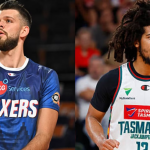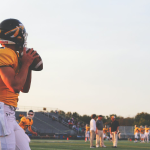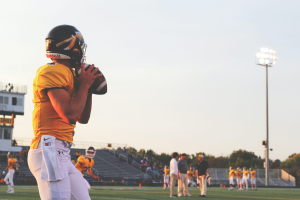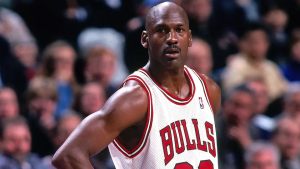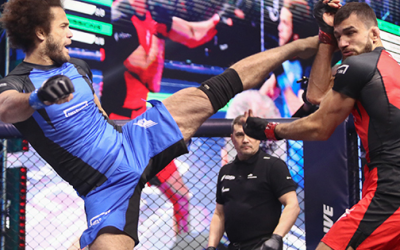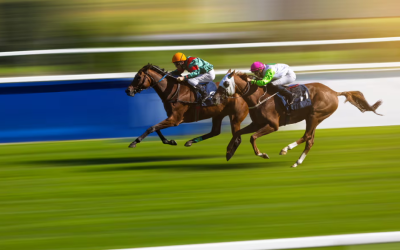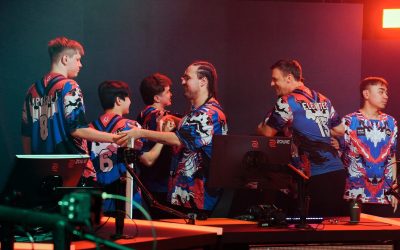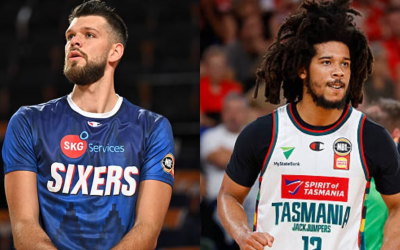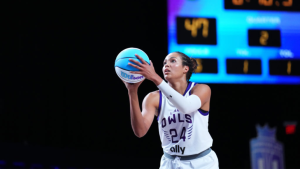

Kierana Alexandra Proudly Carries the Indonesian Flag at the Closing Ceremony of the 2025 SEA Games
esportelo.com – The closing ceremony of the 2025 Southeast Asian Games was marked by a moment of national pride for Indonesia as Kierana Alexandra proudly carried the red-and-white flag before thousands of spectators and millions of viewers across the region. Her appearance symbolized not only the conclusion of a major sporting event, but also the…
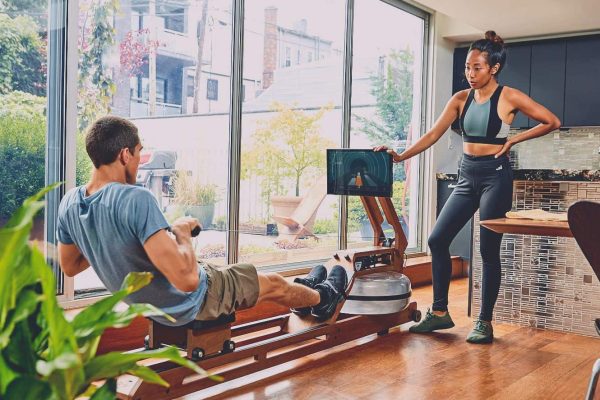
Virtual Rowing, The Rise of Ergatta and Concept2 in Home Fitness
esportelo.com – Virtual rowing, also known as indoor rowing on ergometers (or “ergs”), has exploded in popularity as a full-body, low-impact workout that mimics real on-water rowing. With advanced apps and gamification, machines like Ergatta and Concept2 turn repetitive strokes into engaging, competitive experiences. Whether you’re a beginner seeking fun motivation or a serious athlete…

Why HIIT + Smart Recovery Is the Game-Changer in 2025 Sports Training
In 2025, sports science increasingly backs a powerful combination for athletes: high-intensity interval training (HIIT) blended with structured recovery and nutrition — a method that’s reshaping how coaches and athletes think about training. A recent large review compared HIIT, sprint-interval, and repeated-sprint training against traditional continuous training and found that interval-based workouts produce stronger improvements…

How Mid-Season Trades Are Quietly Reshaping Modern Sports Leagues
Mid-season trades have become one of the most influential forces shaping competitive balance across major sports leagues. Whether in basketball, football, or baseball, front offices now rely on data-driven scouting, advanced analytics, and long-term roster planning to determine when a trade can shift a team’s direction. These strategic moves are no longer just about filling…
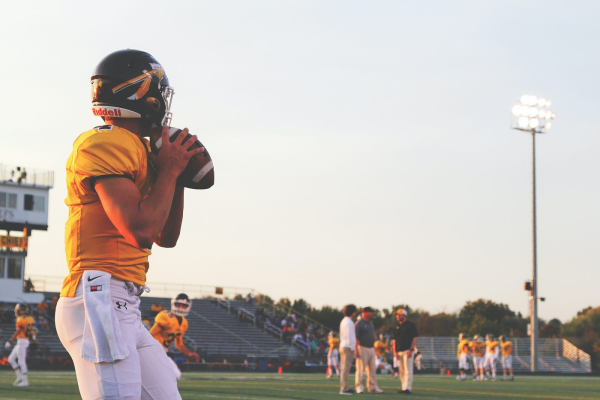
When Fandom Turns Toxic: Understanding the Dark Side of Sports Rivalries
For many fans, supporting their team offers belonging, excitement, and loyalty — but increasingly, some rivalries in sports fandom are also fueling aggressive, harmful behaviour. A recent 2025 study of fan culture highlighted a troubling rise in what it calls “irrational behaviours”: from personal attacks and cyber-harassment against athletes to doxxing and online threats after…
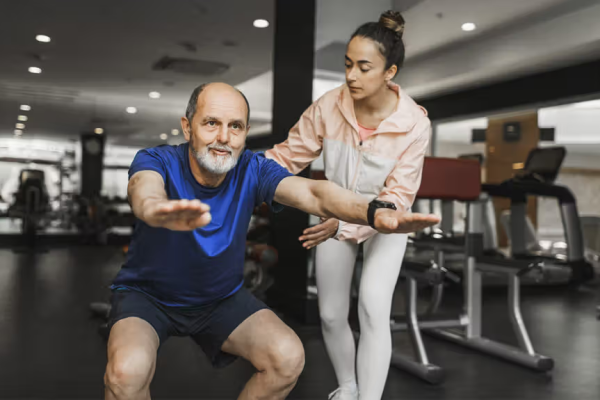
The Rising Importance of Functional Strength in Modern Sports Training
Functional strength has become a core focus in modern athletic programs as more athletes shift from isolated muscle exercises to movements that mimic real gameplay. This approach emphasizes training the body as a unified system, improving balance, stability, and coordination. Coaches and sports scientists highlight that functional strength reduces injury risks because it strengthens not…

How Hybrid ‘Phygital’ Events Are Shaping the Next Generation of Esports
In recent years, competitive gaming has begun evolving beyond purely digital tournaments into hybrid formats that blend physical and virtual elements — a trend that’s reshaping what we know as esports. Known in some circles as “phygital sports,” these events integrate real-world physical activity or arenas with virtual gaming environments, offering spectators and players a…

How Michael Jordan’s Work Ethic Redefined Athletic Greatness
Michael Jordan’s legacy in basketball goes far beyond his six championships — his unmatched drive and relentless practice routines have become a benchmark for athletes across all sports. His dedication to improvement was legendary; even when already at the top, Jordan constantly pushed himself through weight training, scrimmages, and individual drills. This unwavering commitment to…

Mastering Micro-Workouts, The Fitness Strategy Athletes Use to Stay Sharp
In today’s fast-paced world, athletes and fitness enthusiasts are turning to micro-workouts—short, high-intensity sessions performed throughout the day. This training method is backed by sports coaches who highlight its effectiveness in maintaining strength, mobility, and cardiovascular health without requiring long hours at the gym. Micro-workouts also reduce fatigue and improve consistency, helping individuals stay active…
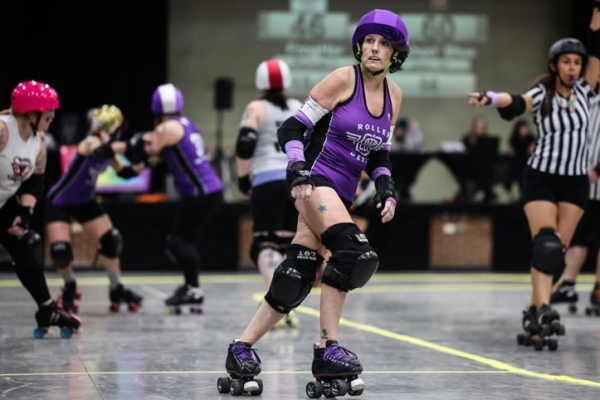
The Resurgence of Roller Derby, When Passion Meets Power
Roller derby, once a fringe pastime, is surging back as a legitimate and fiercely competitive major sports league. With its roots tracing back to the 1930s, this full-contact sport played on roller skates has evolved into a platform of empowerment, athleticism, and community. In modern leagues like the Women’s Flat Track Derby Association (WFTDA), athletes…





